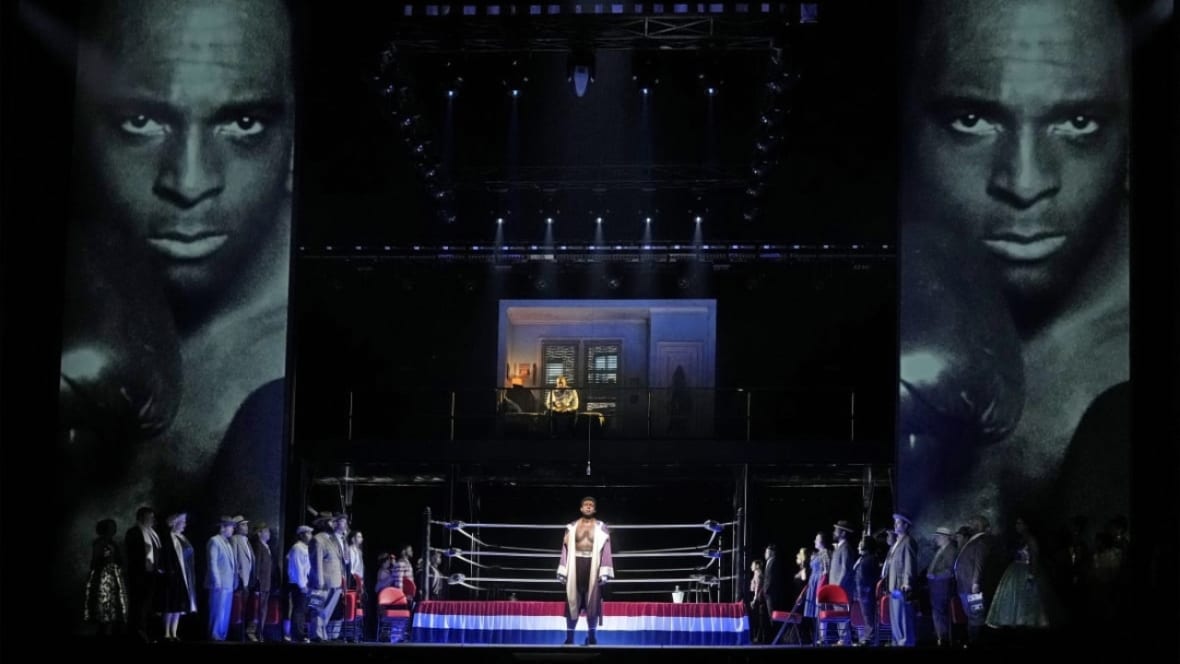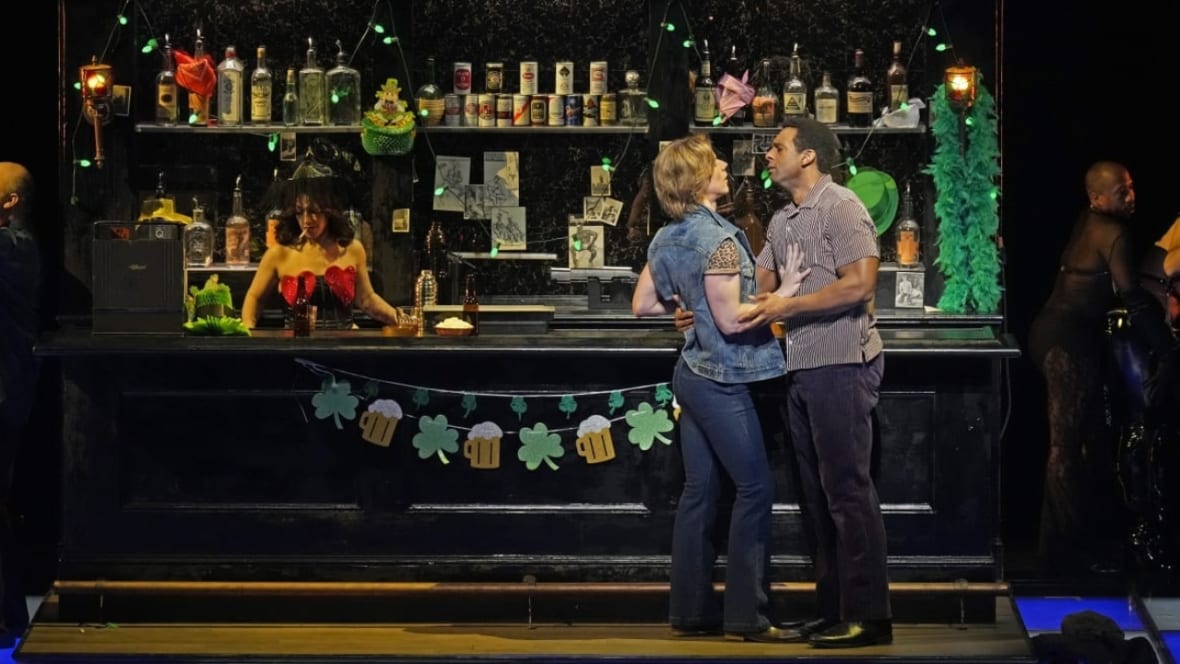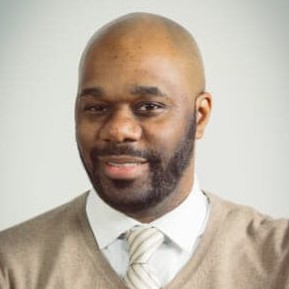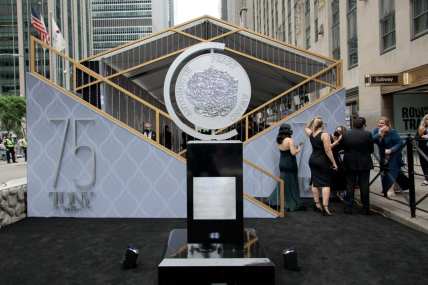Terence Blanchard’s ‘Champion’ opera shows the haunting polarity between Black queerness and Black masculinity
REVIEW: “Champion” is the second opera by a Black composer to play the New York Metropolitan Opera House, following Blanchard’s “Fire Shut Up in My Bones.”
Editor’s note: The following article is an op-ed and the views expressed are the author’s own. Read more opinions on theGrio.
The New York Metropolitan Opera House opened in 1883, just 20 years after the Emancipation Proclamation was signed. Its creators built this stately center of high art and high class, likely without the intent of having Black patrons, composers or performers.
Nearly a century and a half later, the Met has played two operas with a majority Black cast and a Black composer. Terence Blanchard composed both of them: 2021’s “Fire Shut Up in My Bones” and this year’s “Champion.”
The latter opened on April 10. “Champion” tells the story of Emile Griffith, a real-life queer Black boxer. Blanchard, librettist Michael Christofer and choreographer Camille A. Brown interpret the former champion’s complex story into a colorful, multi-sensory depiction of contradiction, deterioration and redemption.

“Champion” is a feast for the senses and pulls at an array of emotions. You feel pity, retribution, disgust, empathy, aggravation and relief at certain moments. It illustrates the contradictory nature of how society embraces Black masculinity and shuns Black queerness.
We get to know Griffith’s story through the lens of the man as an elder, portrayed by bass-baritone Eric Owens, battling dementia while under the watch of a caretaker. As he is isolated in his room, we are taken through his life, from his origins on the island of St. Thomas to a hat factory, to the ring and beyond.
Just as with “Fire Shut Up in My Bones,” the older version of our protagonist lingers as his life is unveiled before the audience. Although his steward is constantly trying to keep him in reality, Griffith’s tumultuous past haunts him at every turn.
Old Griffith watches as he is exposed to a drag bar as a young child, as his young adult self tries to get a job and as he becomes enraged and embattled when a rival boxer, Benny “Kid” Paret, played by baritone Eric Greene, torments him with homophobic taunts.
Ryan Speedo Green is a young adult Griffith who is engaging as he tries to fulfill others’ expectations of what he should be doing. We see him try to appease his mother, Emelda, and marry a young woman, all while knowing he is attracted to men.
Green does an amazing job showing how the guilt of fatally beating Paret is wearing on Griffith as he continues to win matches. A chorus of “how does it feel to kill a man” plays both on his growing guilt and the public’s fascination with such brute force.

One of the most poignant, emotional parts of the opera is when young Griffith consorts with another man in a bar, secretly executing his true nature. When he vacates to go home, a group of men mugs him outside. Once on the ground, being pummeled with punches and kicks, young Griffith disappears and is replaced with old Griffith. This switch shows how those hits and those feelings were as fresh years later as they were in real time.
The sentiment of his words sums up Griffith’s life: “I killed a man, and the world forgave me; I loved a man, and the world wants to kill me.”
Brown’s choreography in “Champion” was inspired and multi-faceted. It excelled because of its subtleties in the movement outside the ring as much as in young Griffith’s bombastic, fatal fight with Paret that ended the first act. She displayed a comprehensive knowledge of movement from across the African diaspora, multiple generations and eras of Black Americans.
The set design, by Allen Moyer, makes “Champion” such a force. The massive side panels of digital projections bookending the stage, where the performers emerge, go back and forth between moving images of boxers, the landscape of the projects where old man Griffith is living and dynamic newspaper clippings, and tell tales of his epic boxing wins and losses.
Blanchard’s music throughout the performance borrowed from several sources: His sonics expressed the excitement of Griffith and Paret’s fight, the bitterness of young Griffith when he lashed out at his mother over neglect and mistreatment, and the relief when old Griffith met with Paret Jr., seeking forgiveness for taking his father’s life.
“Champion” is an event not to be missed, a coronation of Black creatives emerging as a force in high art in New York City, the epicenter for theatrical performance. Hopefully, an influx of Black productions at the New York Metropolitan Opera House like “Champion” — and “Fire Shut Up in My Bones” before it — will drive more Black patrons to a site that would please their ancestors while shocking the ghosts of the building’s creators.
“Champion” plays at the New York Metropolitan Opera House through May 13.

Matthew Allen is an entertainment writer of music and culture for theGrio. He is an award-winning music journalist, TV producer and director based in Brooklyn, NY. He’s interviewed the likes of Quincy Jones, Jill Scott, Smokey Robinson and more for publications such as Ebony, Jet, The Root, Village Voice, Wax Poetics, Revive Music, Okayplayer, and Soulhead. His video work can be seen on PBS/All Arts, Brooklyn Free Speech TV and BRIC TV.
TheGrio is FREE on your TV via Apple TV, Amazon Fire, Roku, and Android TV. Please download theGrio mobile apps today!


